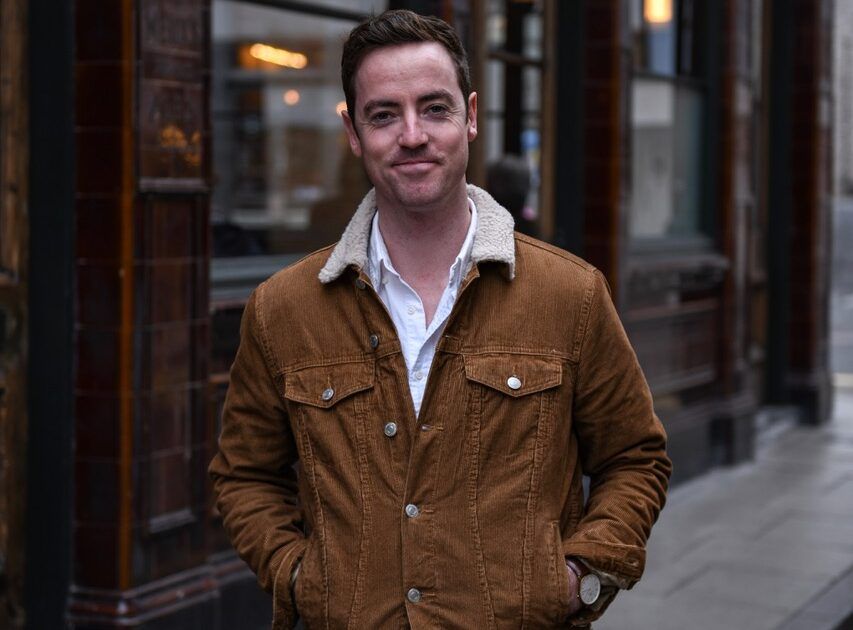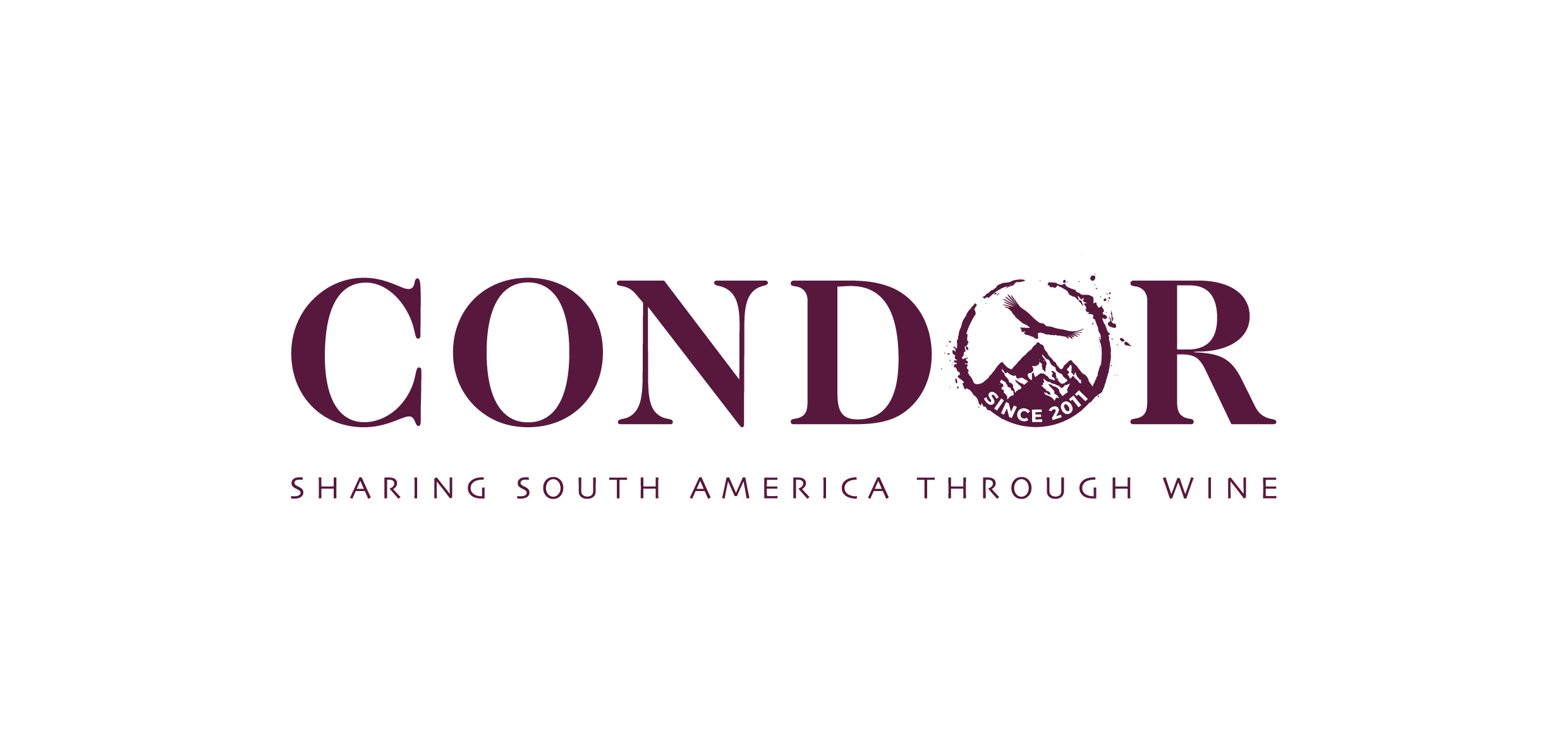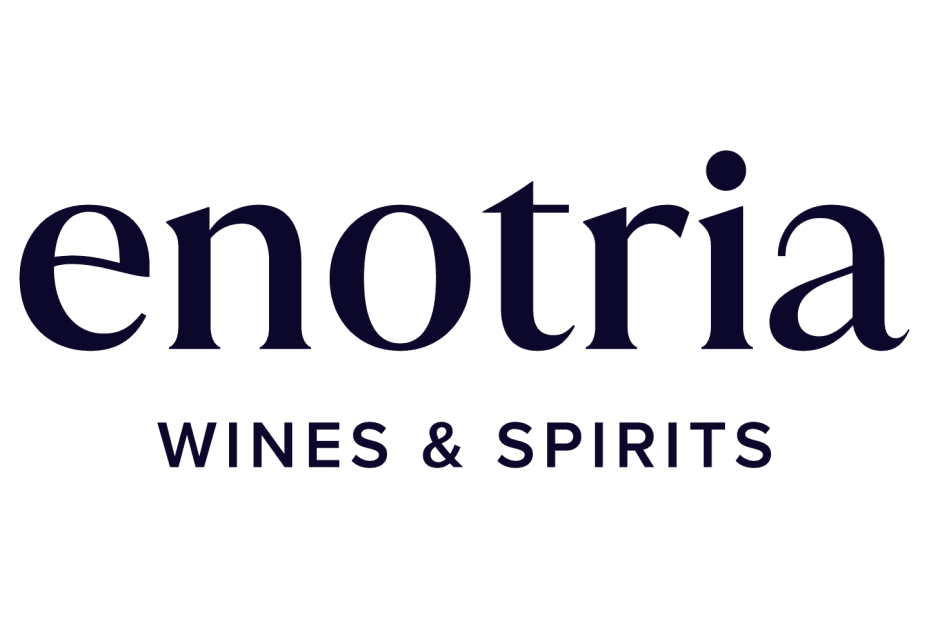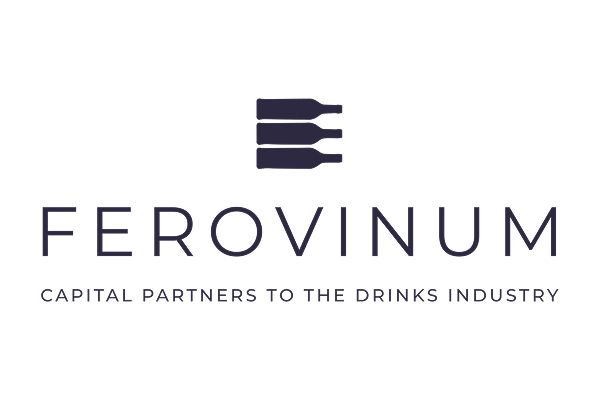Lockdown has changed many of our behaviours, including cutting down on drinking, which is good news for the now standalone low and no alcohol category, says Dan Hooper, co-founder, of the YesMore drinks marketing agency.
Research from Alcohol Change UK claimed more than 6.5 million adults intended to participate in Dry January in 2021 – up from 3.9 million last year. That is the equivalent of one in five of people who drink alcohol. We now know that many did not stay the course this year, thanks to lockdown 3.0. One study estimated that 2.7m gave up mid-month or sooner.
So is Dry January over? Well it may be heading that way, but not because of what happened this year.
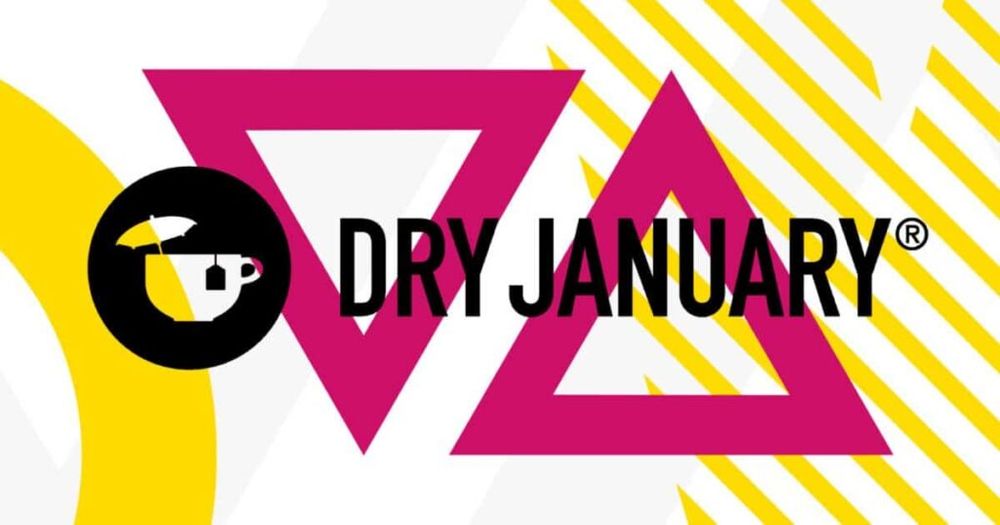
Does year-round demand for low and no alcohol products mean Dry January days are over?
Obviously, 2020 was a weird year. Some drank more than normal; some less. Alcohol sold well – but so did alcohol free alternatives. The IWSR forecast (data which covers 20 key markets), showed overall consumption of alcohol is thought to have dropped by 8% in 2020. Some of this could be because the on-trade was closed – but there’s evidence stacking up that more people are looking at low and no alcohol options as attractive all year round.
Many are clearly evaluating their relationship to alcohol outside of January. Some of our own informal research late last year showed that 36% of people asked have actually used the lockdowns as a chance to break some bad habits and drink less than usual. During a recent chat with Ellie Webb, founder of alcohol free brand Caleño, she told us that sales surge every time there’s a lockdown, as people look to treat themselves without turning to alcohol.
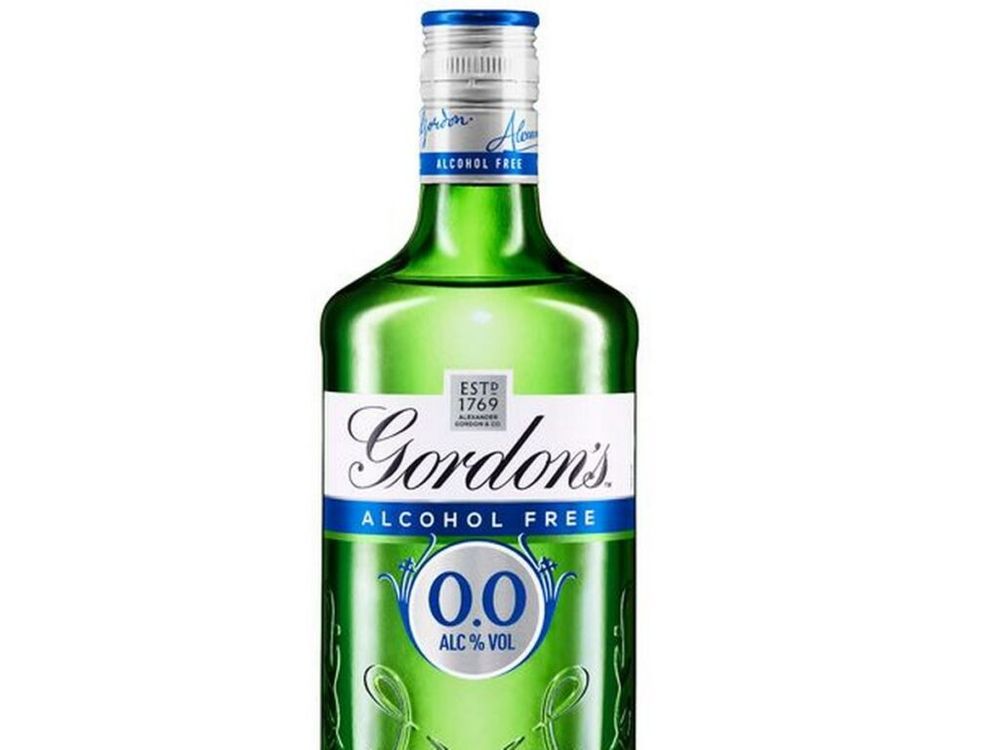
Gordon’s 0.0% gin – as much alcohol in it as the tonic
Couple this with in market proof of success like Diageo’s purchase of Seedlip as well as Diageo launching an alcohol free Gordon’s last month and it’s clear the huge growth of low and no alcohol isn’t a fad.
What next for Dry January?
Which begs the question: if we’re all slowly adding alcohol free alternatives into our lives, will Dry January still be around in 2031? And should it?
To be honest – I hope not. Right now, Dry January is a great initiative. But surely the aim has to be for it to eventually disappear because it’s no longer needed?
I work in drinks marketing. It’s my job to promote the fantastic products we have in this sector. But at the same time, we have to normalise ‘not drinking’ and remove the stigma from it.

Ellie Webb, founder of Caleño, created her South American-inspired non-alcoholic spirits range to promote lifestyle change
There needs to be entirely positive options for this that don’t ghettoise drinking something non alcoholic or even, frankly, draw all that much attention to it. What’s in your drink should be secondary to the enjoyment of the occasion.
At the time of writing this article there are 125 low and no alcohol products globally and the sector has grown by 48% in the past year. It is now a £60m-a-year category.
This is amazing growth, but can’t be sustained by people trying to stop drinking entirely for two months of the year (the other one being Stoptober/October.). The only way for the low and no sector to continue to grow at this rate is for this shift to be made an integral part of everyday life. It’s not just about growth in individual product sales, but about growing the overall market for those products every day of the year.
Responsible promoting

Big beer brands like Heineken creating credible, good tasting low and zero alcohol products is really helping to make low and now an everyday drink
There’s a point here about potential legislation too. Part of responsible drinks marketing has to be promoting the alternative as equally valid. Restrictions are being discussed right now around the advertising of high fat, salt and sugar foods, and tobacco is already banned from view in stores. Taking this balanced approach to promoting not drinking as well as drinking is essential to avoid further legislation around alcohol marketing restrictions.
In short: yes, when we’re finally ‘post Covid’; when the pubs have opened their doors again and we can socialise together in all sorts of ways, I’m sure there’ll be a national stampede for a slice of normality. But as things settle down, there are a lot of reasons – from ethics to sales, growth and legislation – for the low and no alcohol growth to continue steeply outside January alone.
I doubt we’ll find such perfect balance any time soon, so I’m sure Dry January, and the important discussions it creates will be safe for some time. But we’ll know we’ve finally cracked the responsible drinking and marketing conundrum when we really don’t need it anymore.
- YesMore is a drinks marketing agency delivering innovative campaigns for some of the world’s most exciting brands. Clients include Aperol Spritz, Black Tower, Speyburn, New Zealand Wine, Ridgeview Wine, The Portman Group and more. If you would like more information then email tom@yesmore.co.uk.
- If you would like to find out more about the overriding trends driving the low and no category then you can read new research from KAM Media.
